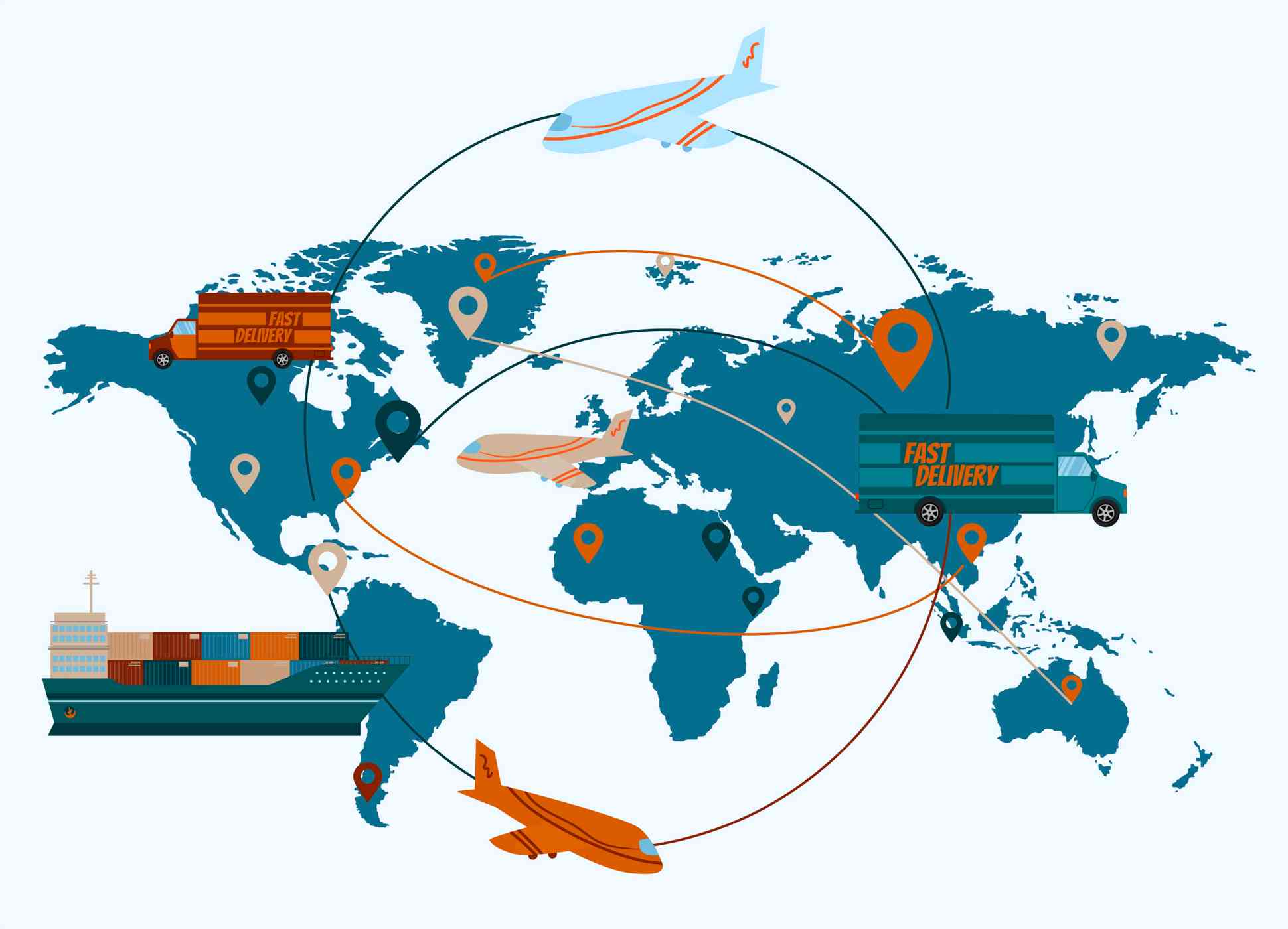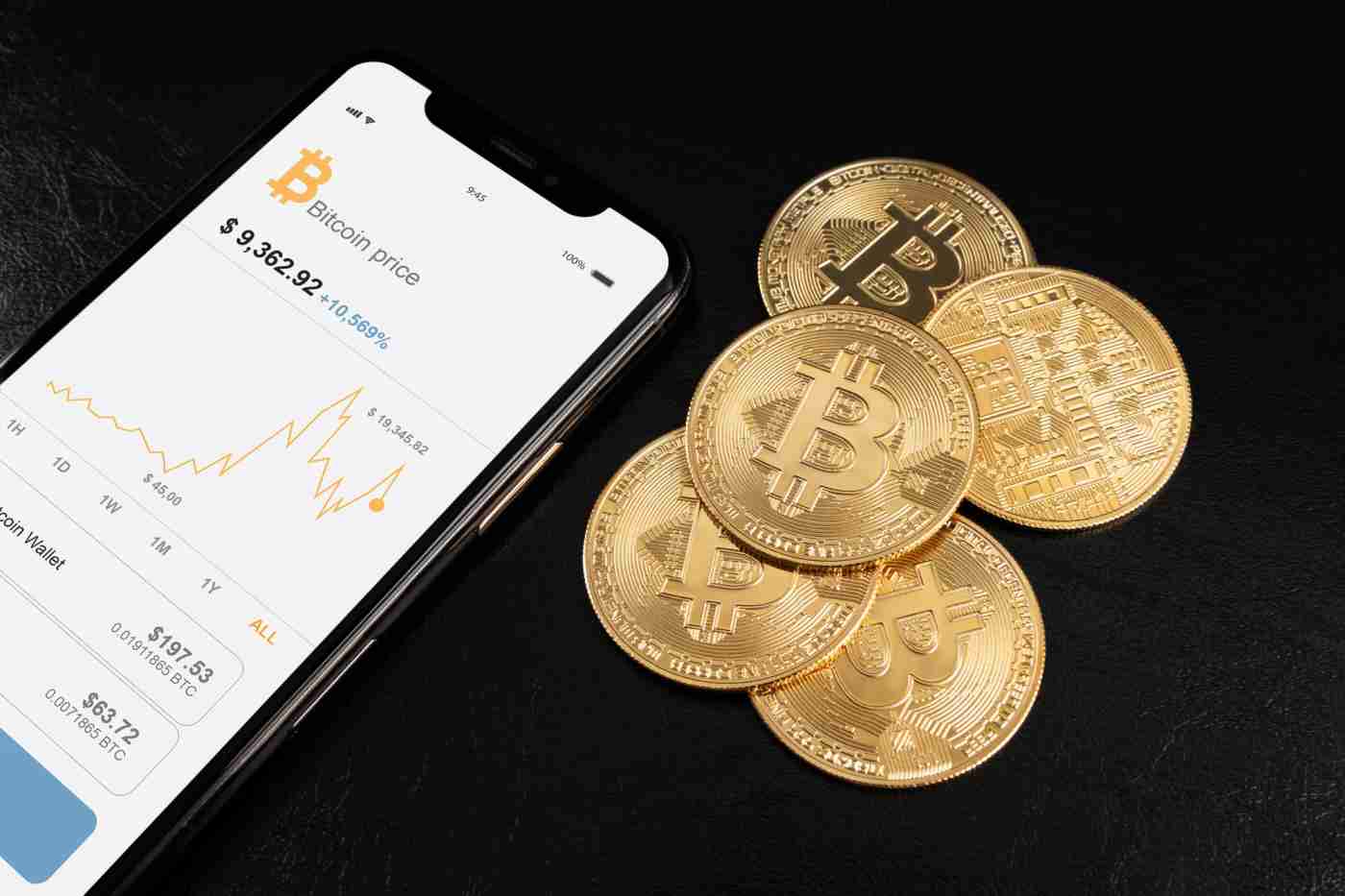The Silk Road is hailed as a very important chapter in history, being the extensive trade routes which have thrived from about the second century bc to the 14th century ad. Not only for movement of goods, it also had a direct bearing on the intercultural discourse, economic integration, and diffusion of knowledge between continents. As we are now part of a global economy where the connected nature and the exchange of ideas are becoming ubiquitous, it is worth reflecting on how these ancient networks shaped cultural and financial landscapes.
The “Silk Road” refers to only one route along a vast web of overland and maritime routes linking East and West. From Asia to the Mediterranean, it allowed merchants to transport silk, spices, precious metals, and ideas. More than the business of transporting silk-it was the medium by which it came to be known- silk came to symbolize something far beyond commerce, the emblem of luxury and status affected fashion trends and cultural exchanges among complex societies.
Apart from all other forms of cultural exchange, it also had the spread of trade routes for art, religion, and technology. A classic case would be between India and East Asia, with the advent of Buddhism disseminated via traders and pilgrims traveling along these paths. The traditions mixed and eventually led to new cultural identities born against an enriching and colorful tapestry of the world. Today, therefore, as we deal with the realization of the challenges of globalization, we appreciate that looking back at such contact on a hitherto unrecognized dimension will be informative concerning coexistence and enrichment for future cultures.
The Silk road actually boasted very much in terms of initial economic systems. It had long distance trade negotiations, credit forms, and even state-to-state or country-to-country differential diplomacy via economic means. Merchants developed very sophisticated techniques for doing their trade, such as letters of credit, promissory notes, and the like, to allow them to do transactions over vast distances. This was early globalization, emphasizing cross-cultural economic collaboration that echoes today as modern economies continue to explore avenues by which international partnerships are developed via significant economic interdependency.
The modern effects of the Silk Road are extant in the growing prominence of emerging markets, specifically Asia. By relinking these old trading routes according to the examples of revived ones like China’s Belt and Road Initiative (BRI), trade links spanned by historical routes transform their relevance into modern economic connections. BRI intends to reconnect countries through infrastructure investments, reminiscent of the connectivity of the original Silk Road; BRI is to stimulate trading contacts and cultural exchanges in a digital age.
The lessons learnt from this particular avenue of trade for the modern times is that of trade wars and protectionism, as well as climate change. The importance of open communications, collaborative ventures, and culture respect-the hallmarks of Silk Road success- is tremendously critical in today’s fragmented global environment. By developing similar connections like those created hundreds of years ago, countries will be able to cooperate in spurring solutions to mutually pressing challenges, promoting peace, and securing economic stability.
In a nutshell, the Silk Road is more than just an ancient trade network; it represents principles of cultural interchange and mutual benefit as relevant today as in our complicated, interconnected world. Learning the legacy of the Silk Road adds to our appreciation of global cultures and prepares contemporary societies with the literacy to face the complexities of modern finance and trade. When we look back at the legacy of the Silk Road, we celebrate the living spirit of collaboration that resonates through time. It reminds us that our global future relies on the connections we forge across cultures and borders.







